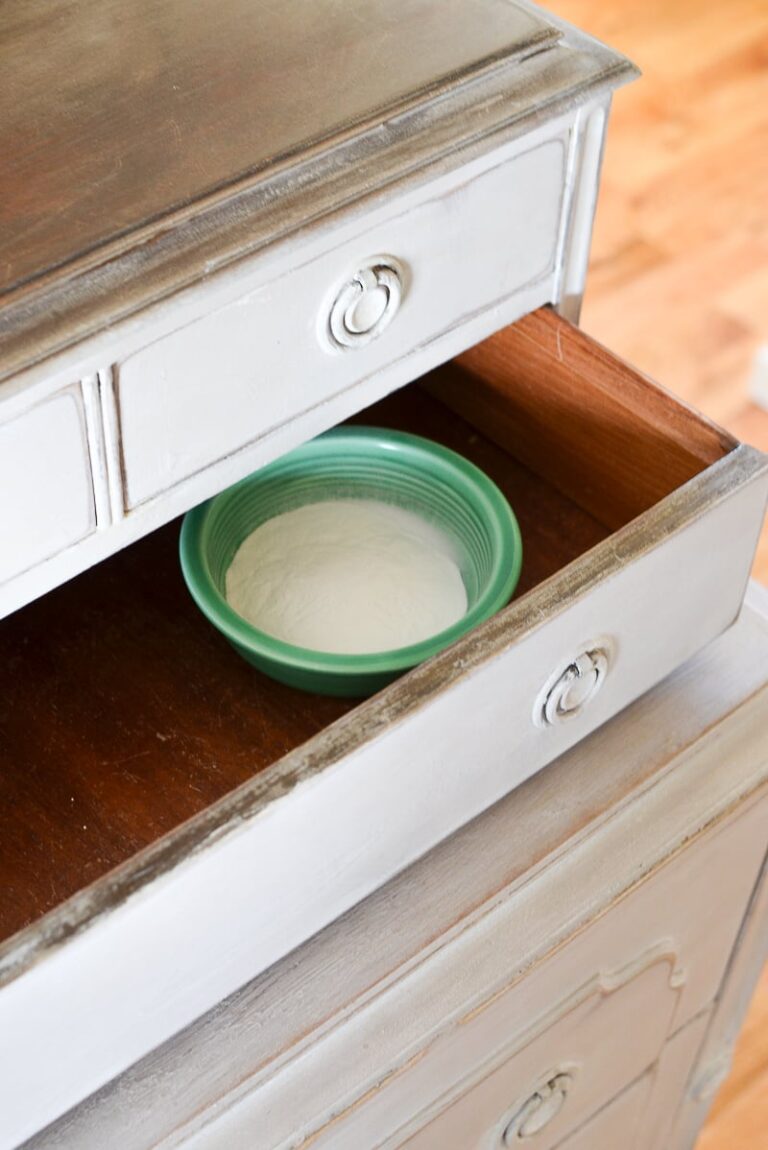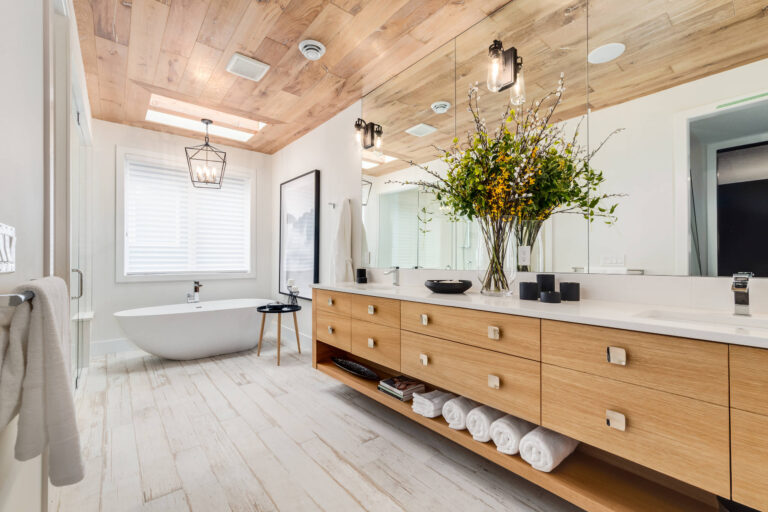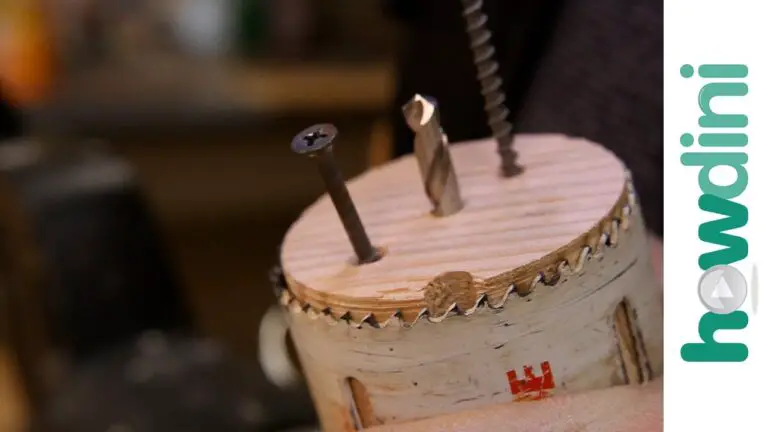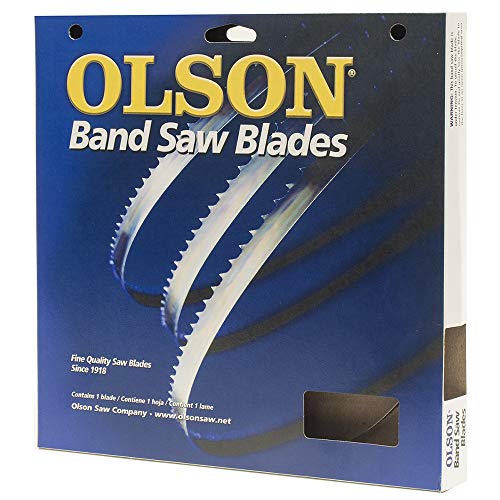How Do You Waterproof Wood
Waterproofing wood is a process of adding a protective barrier to the surface of the wood. This barrier can be in the form of a sealant, paint, or oil. The purpose of waterproofing is to prevent water damage to the wood and to extend its lifespan.
Waterproofing wood is a necessary process if you want to protect your investment and keep your furniture in good condition. There are a few different ways to waterproof wood, but the most common method is to use a sealant. Sealants work by creating a barrier between the wood and the water, which prevents the water from seeping into the wood and causing damage.
You can buy sealants at most hardware stores, and they are relatively easy to apply. Just make sure that you follow the instructions on the package carefully so that you don’t unintentionally damage the wood.
How to Waterproof Wood Furniture for Outdoors
Waterproofing your wood furniture is a great way to protect it from the elements and extend its life. There are a few different ways you can waterproof your furniture, and the best method will depend on the type of furniture you have and how it will be used.
If you have wooden outdoor furniture that is exposed to the elements, you’ll need to waterproof it to keep it in good condition.
Waterproofing will also help protect your furniture from mold and mildew.
There are two main ways to waterproof wood furniture: sealing it with a water-resistant sealer or coating, or using a waterproofing agent such as wax or oil.
Sealing Wood Furniture for Outdoors
To seal wood furniture for outdoors, choose a water-resistant sealer or coating. There are many different types of sealers and coatings available, so you’ll need to choose one that is appropriate for the type of wood your furniture is made from as well as the finish. For example, if your furniture is unfinished, you’ll want to use a sealer that penetrates into the wood rather than one that forms a surface film.
Penetrating sealers provide better protection against water damage but may darken the wood slightly. If your furniture is finished, you can use either type of sealer; however, surface film forming sealers will provide better protection against wear and tear.
Applying Sealer or Coating
Once you’ve selected a suitable sealer or coating, follow the manufacturer’s instructions for application carefully. In general, you’ll want to apply at least two coats of sealor following any prep work required by the product (such as sanding). Be sure to allow adequate drying time between coats according to the manufacturer’s directions.
Once dry, your sealed outdoor wood furniture will be protected from moisture damage!
Waxes and Oils for Waterproofing Outdoor Wood Furniture
Another option for waterproofing outdoor wood furnishings is applying a weather-resistant wax or oil treatment .
These products work by creating a barrier on top of the wood that repels water . Unlike sealing with a film-forming product , treatments with waxes or oils will not change the appearance of your finish , making them ideal for protecting both unfinished and finished woods . When selecting one of these products , look for those specifically designed for outdoor use ; some common options include beeswax , linseed oil , tung oil , and teak oil .
How to Waterproof Wood for Outdoors
Waterproofing wood is a necessary part of many outdoor projects. Whether you’re building a deck, pergola, or other wooden structure, waterproofing will protect your investment from the elements and extend its life. Luckily, there are several ways to waterproof wood for outdoors, and the method you choose will depend on the project you’re working on and your budget.
One way to waterproof wood is to use sealant. This can be applied with a brush or sprayer and will provide long-lasting protection against water damage. Waterproof sealant can be purchased at most hardware stores.
Another option is to use paint specifically designed for outdoor surfaces. These paints contain additives that make them resistant to moisture and UV light, both of which can cause damage to wood over time.
If you’re working on a larger project or want something more durable than paint or sealant, consider using epoxy resin.
This material can be applied like paint but forms a hard, protective layer that won’t chip or peel over time. Epoxy resin is more expensive than other options but will provide the longest lasting protection for your project.
No matter what method you choose, it’s important to prepare the surface of the wood before applying any waterproofing material.
Start by sanding away any rough edges or splinters; then clean the surface with soap and water (or a power washer) to remove dirt and debris.
How to Make Wood Waterproof for Bathroom
Making wood waterproof for bathroom is a simple process that can be done in a few easy steps. First, you will need to sand the wood surface to rough it up and remove any existing varnish or paint. Next, apply a coat of primer and let it dry completely.
Once the primer is dry, apply a layer of waterproof sealant to the wood surface. Let the sealant dry completely before applying a topcoat of paint or varnish.
How to Permanently Waterproof Wood
How to Permanently Waterproof Wood
Most people believe that waterproofing wood is a difficult and time-consuming task, but it doesn’t have to be! There are several ways to waterproof wood permanently, and most of them are quite simple.
With the right tools and materials, you can easily make your wooden surfaces resistant to water damage. Here’s how:
1. Use a sealant.
Sealants are clear liquids or waxes that form a protective barrier over the surface of the wood. They’re ideal for outdoor furniture and decks, as they provide long-lasting protection from moisture and UV rays. Simply apply the sealant with a brush or roller and let it dry according to the manufacturer’s instructions.
2. Apply a stain/sealer combo product. These products combine stains and sealers in one convenient step, so you can both color and protect your wood in one easy application. Be sure to choose a product that’s specifically designed for exterior use, as it will stand up better to the elements than an interior-use product would.
Apply the stain/sealer combo with a brush or roller according to the manufacturer’s directions.
3.. Use marine-grade paint or varnish .
If you want extra protection against water damage, consider using marine-grade paint or varnish on your wooden surfaces . These products are designed to withstand harsh conditions like salt water spray , so they’ll definitely hold up well against rain and moisture . Just be sure to follow the manufacturer’s instructions carefully when applying these products .
4.. Make your own DIY waterproofing solution . If you’d rather not use store-bought products , you can also make your own DIY waterproofing solution at home . Simply mix equal parts linseed oil , turpentine , and beeswax together in a small pot . Heat the mixture until just before it boils , then remove it from heat and allow it to cool slightly .
How to Waterproof Wood for a Boat
Waterproofing wood for a boat is a necessary step to prolonging the life of your vessel. There are many ways to waterproof wood, but which one you choose will depend on the type of boat you have and how often it will be used in water. If you plan on keeping your boat in the water for extended periods of time, you may want to consider using a sealant or coating that can withstand long-term exposure.
Waterproofing products come in both clear and pigmented options, so you can choose the look that best suits your taste. For smaller boats or those used only occasionally, a waterproofing spray may be all that’s needed to keep the elements at bay. Whichever route you decide to go, make sure to follow the manufacturer’s instructions carefully for best results.

Credit: www.bobvila.com
Can You Seal Wood to Make It Waterproof?
Waterproofing wood is a process that involves treating the wood with a water-repellant preservative. There are several ways to waterproof wood, and the most appropriate method will depend on the type of wood and its intended use. For example, if you’re building an outdoor deck out of cedar, you’ll want to waterproof it to protect it from moisture and rot.
You can buy products that are specifically designed for this purpose, or you can make your own homemade waterproofing solution using ingredients like linseed oil or beeswax.
Once the wood is treated, it will be more resistant to water damage and won’t rot as easily. However, it’s still important to seal any cracks or joints in the wood to create a barrier against moisture.
You can do this by filling the cracks with caulk or epoxy resin.
Does Painting Wood Make It Waterproof?
It is a common misconception that painting wood makes it waterproof. While paint does offer some degree of protection against the elements, it is not a foolproof solution and should not be relied on as the sole means of protecting wood from water damage. Waterproofing wood is an important step in prolonging its lifespan and preventing rot, but it should be done in conjunction with other measures such as proper ventilation and drainage.
How Do You Seal Wood to Prevent Water Damage?
Water damage is one of the most common problems when it comes to wood. Whether it’s from rain, spills, or even high humidity, water can ruin your wooden surfaces. That’s why it’s important to seal wood to prevent water damage.
There are a few different ways to seal wood. One popular method is using polyurethane. This type of sealer creates a hard, durable finish that will repel water and protect your wood for years to come.
Another option is an oil-based sealer, which penetrates deep into the grain of the wood and forms a barrier against moisture. Either way, make sure you choose a product that is specifically designed for outdoor use so that it can withstand the elements.
To apply the sealer, start by sanding down the wood with fine-grit sandpaper until it’s smooth.
Then, wipe away any dust with a clean cloth before applying the sealer according to the manufacturer’s instructions. Once it’s dry, you can enjoy your beautiful, protected wooden surfaces for years to come!
How Can I Waterproof My Wood Naturally?
There are a few different ways that you can waterproof your wood naturally. One way is to use a natural oil such as linseed oil, beeswax, or tung oil. These oils will need to be reapplied regularly, but they will help to keep the water out and prevent the wood from rotting.
Another way to waterproof your wood is to use a natural sealant such as beeswax or resin. These products will need to be reapplied every few years, but they will create a water-resistant barrier that will protect your wood from the elements.
How to Waterproof Wood for Shower, Bathrooms, Outdoors, and Other Places
Conclusion
Waterproofing wood is a process that involves using a variety of products to create a seal against water damage. The most common method is to use a sealer or waterproofing agent, which is applied to the surface of the wood. This can be done by brush, roller, or spray gun.





